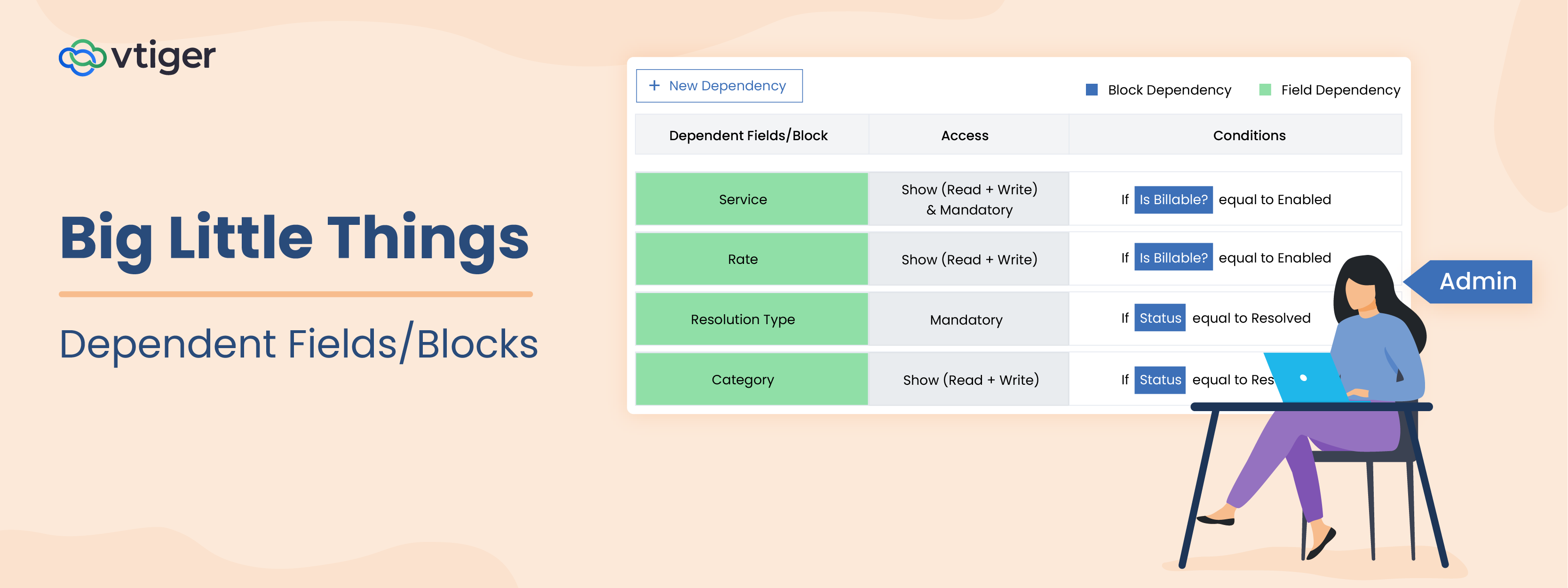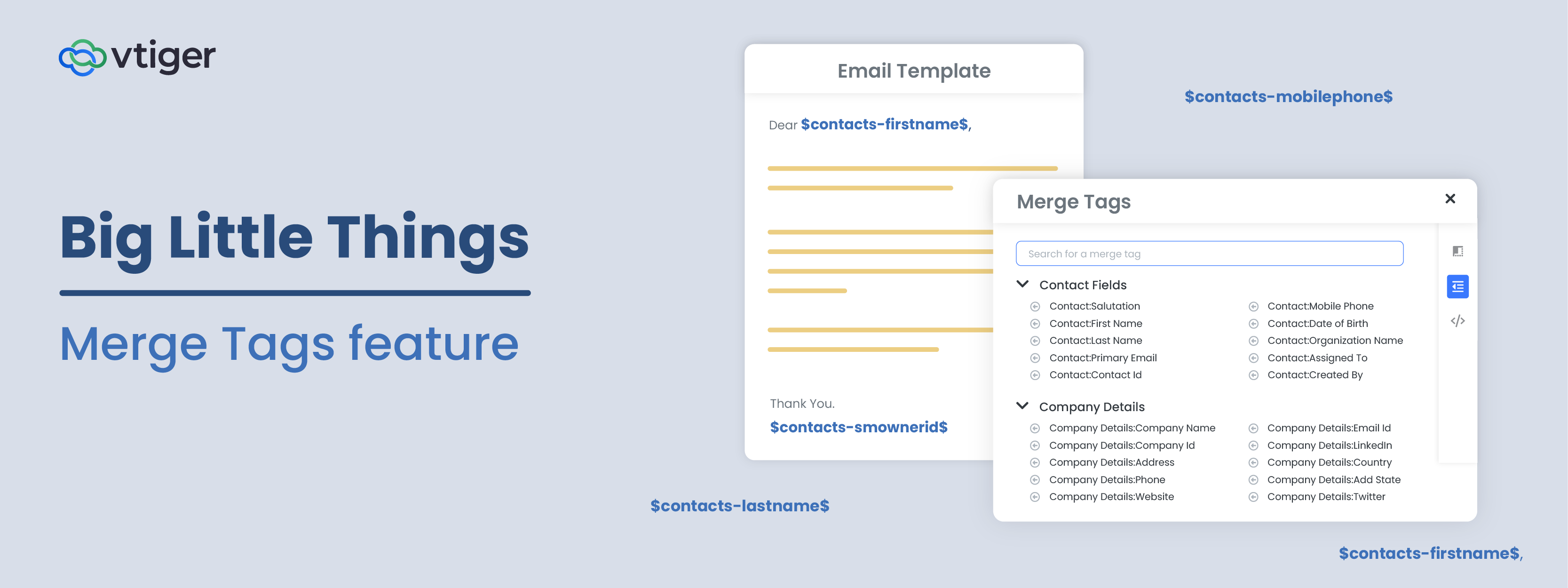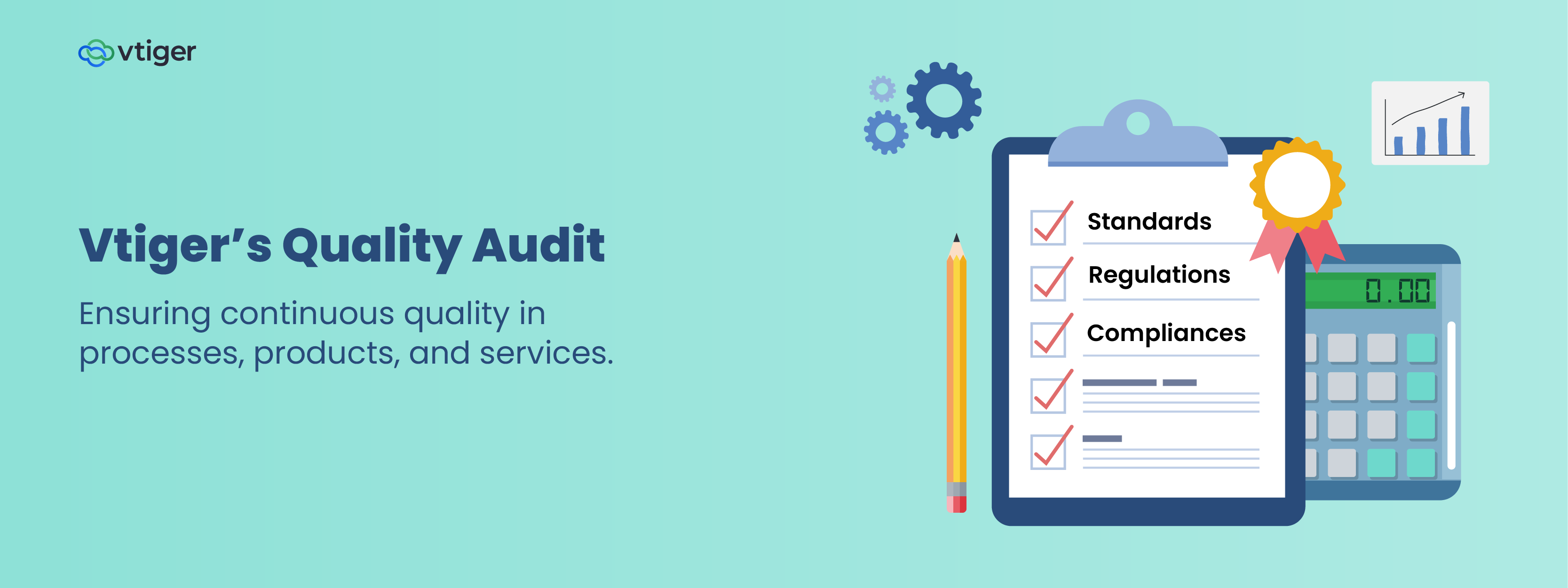Most of the current business industry leaders are pretty different from one another. Take Amazon and Airbnb, for example. Sure, they’re in tech, but they serve completely different needs, with different products and services, and different missions. If you ask them what led to their success, you mind hear of a slew of reasons that are as different as the companies themselves. Among those reasons, however, you’ll hear at least one common answer – and it’ll ring true for every other successful business you ask that question to – it’s the relentless pursuit of an amazing customer experience.
An amazing customer experience is often the function of one or more factors taken to the extreme. Whether it’s Airbnb’s volume of apartments, community, and insurance, or Amazon’s incredibly low prices and free two-day delivery, however, the process of creating that experience starts with a keen attentiveness to, and focus on addressing customer and market needs. To better illustrate that point, it might help to remember how Amazon grew over 20 years from a small online book store, into the de-facto leader in e-commerce with more than 235 million products.
With a vision to build the Earth’s most customer centric company, Amazon’s founder, Jeff Bezos, recruited Tom Schonhoff as Amazon’s fifth employee in 1995 to build and lead its customer service department. Tom would take calls from angry customers, painstakingly write replies to questions, and eventually request customer feedback about their experience shopping with Amazon. That feedback was turned into a what our customers are saying (WOCAS) report to better understand customer needs. This report was used as the basis for improving customer service interactions with millions of customers over the years to follow, as well as product decisions, pricing, delivery standards, and much more.
It might be hard to imagine today, but back when Amazon was first pioneering its innovative customer experience, the lack of software to keep track of customer interactions made high quality of service much harder to deliver. Today, software is in abundance, and customers have grown to expect a high degree of attentiveness and quality of care, which thankfully CRM software makes rendering pretty easy. Businesses using Vtiger CRM, for example, can listen to customers and engage with them through social media, emails, and phone calls, and can use the resulting data to generate actionable insights and customer centric strategies.
Listening across Social Media:
A company’s “social space” is replete with customers, prospects, and influencers. Vtiger enables businesses to hear what they are are saying and act accordingly. Because true social listening goes beyond just looking out for messages directed at a business, we’ve designed Vtiger to be able to keep track of any messages including brand, product, competitors, and any other keywords of interest. This ensures that businesses can hear and learn from customers experiences, keep track of new competitor developments, and reach out to potential new customers. Like Jimmy John’s sandwich restaurant, you, too can listen out for Tweets that just might not make it all the way to your inbox (note, Jimmy John’s is not our customer).
Collect feedback to improve the customer experience
Businesses can’t improve the customer experience in vacuum. To help guide their improvement process, they rely heavily on customer feedback, and forms are a great way to capture it. These forms give customers a chance to detail the highs and lows of their product and service experience. Decision makers can then use this data to guide how they shape their products and services.
Here at Vtiger, we use Formstack to send a feedback questionnaire out to every user on the 10th day of their free trial (you could just as easily use something free like Google Forms). Our customer success team then reviews responses and escalates compliments and complaints to mentioned teams’ products. Because we capture all of our customer emails, phone calls, and other interaction data in Vtiger – whenever a problem happens to be with their service experience, we’re equipped to easily filter through the troves of customer data to compile our own findings and address it quickly.
Send personalized recommendations from purchase history
Listening to and serving your customers can sometimes be an automated and very profitable process, too, as in the case of Amazon’s product recommendations engine. You’ve probably been exposed to its magic in one of their many post-purchase emails, usually under the heading “Recommended for You Based on your purchase of
Amazon’s recommendations engine puts a personalized touch on every recommendation, you don’t need that level of sophistication if you have a fairly good idea of what to follow up with. After all, half of winning the next sale is simply exposing your buyer to a logical next set of products to purchase, which we think every business should be capable of thinking of for at least a few of their products. For example, a landscaping business with lawn-mowing as it’s entry level service might send its first-time customers an offer for tree-trimming services immediately after their first appointment, and that could lead to a whole lot more business. If you can come up with the flow, Vtiger’s programmable workflows can help you automate it.
Interested in how Vtiger can help you be more customer centric? Sign up for a 15-day free trial of Vtiger to improve your customer attentiveness and start leveraging customer data to provide a memorable customer experience. Or, if you have any questions, write to us at [email protected].





